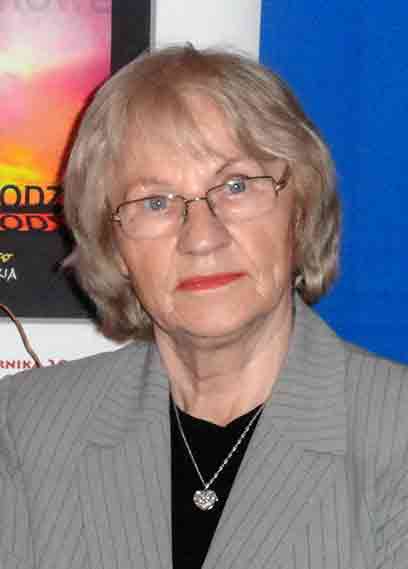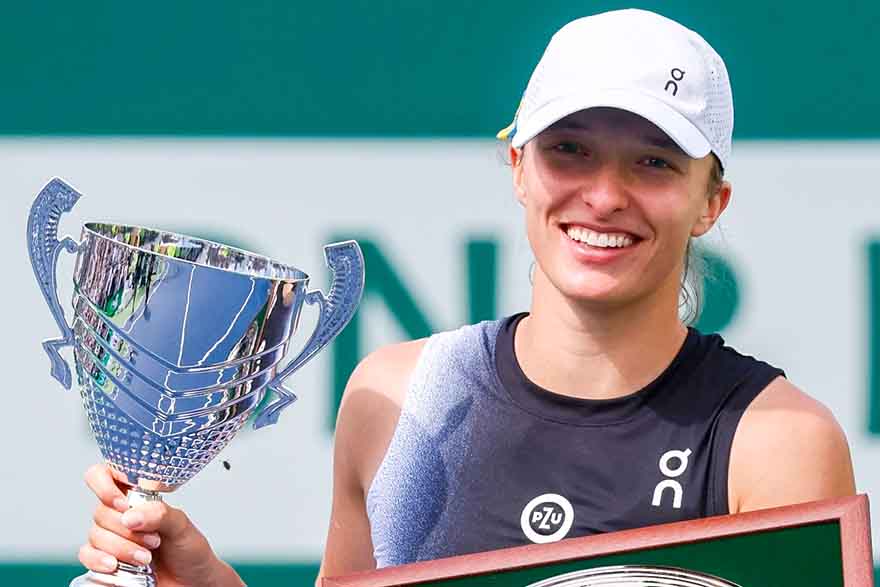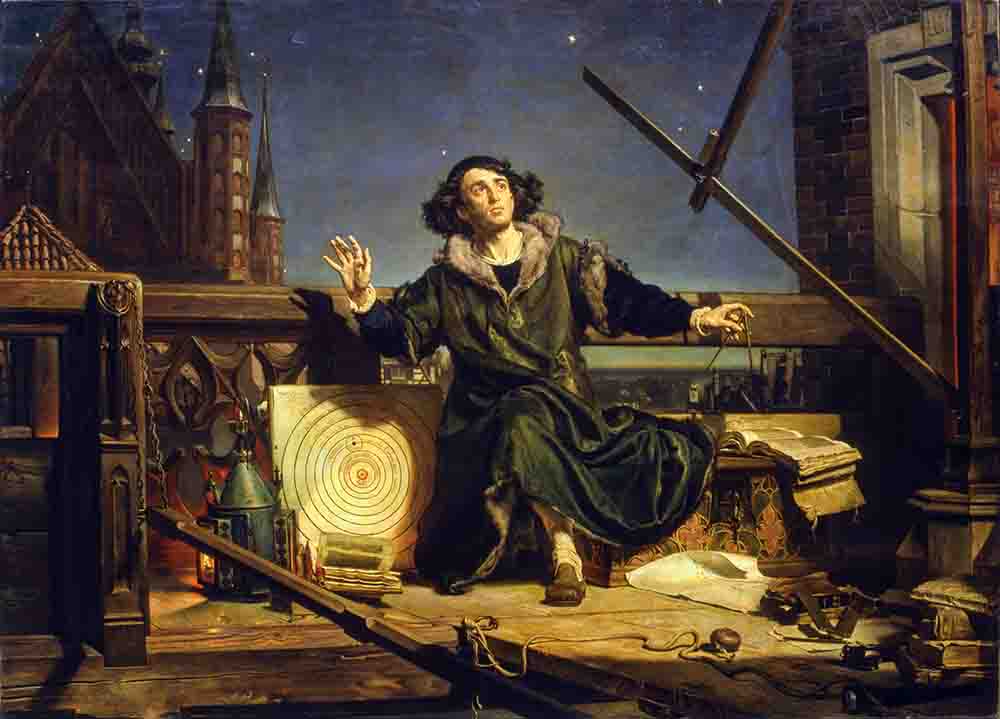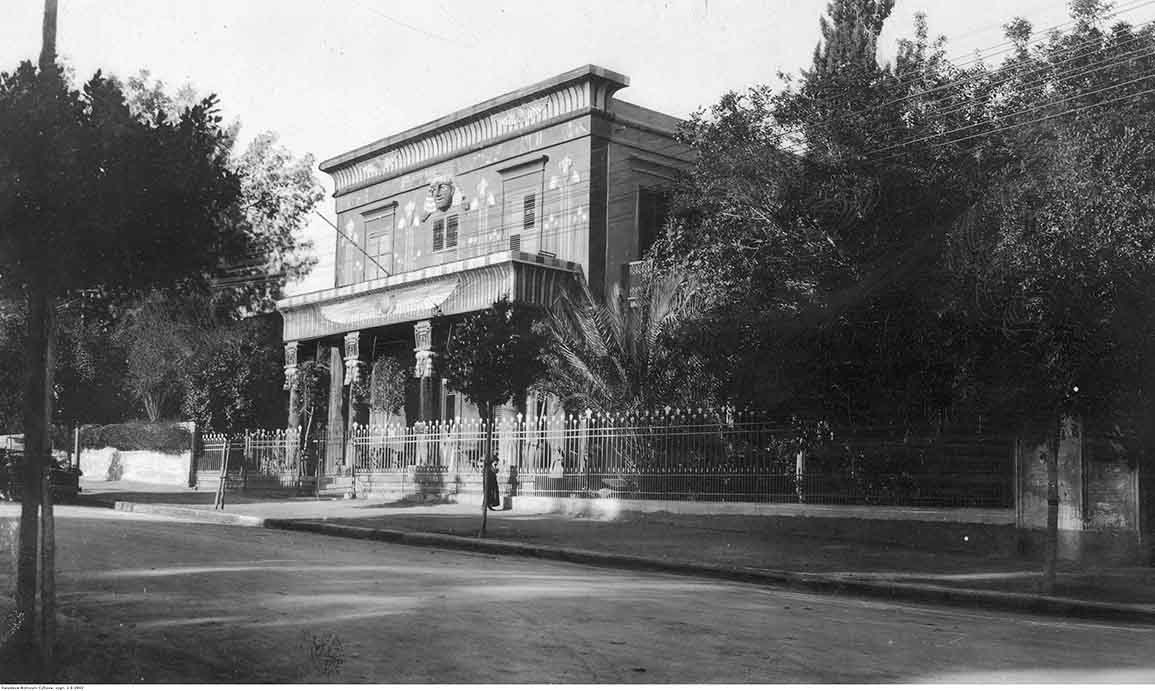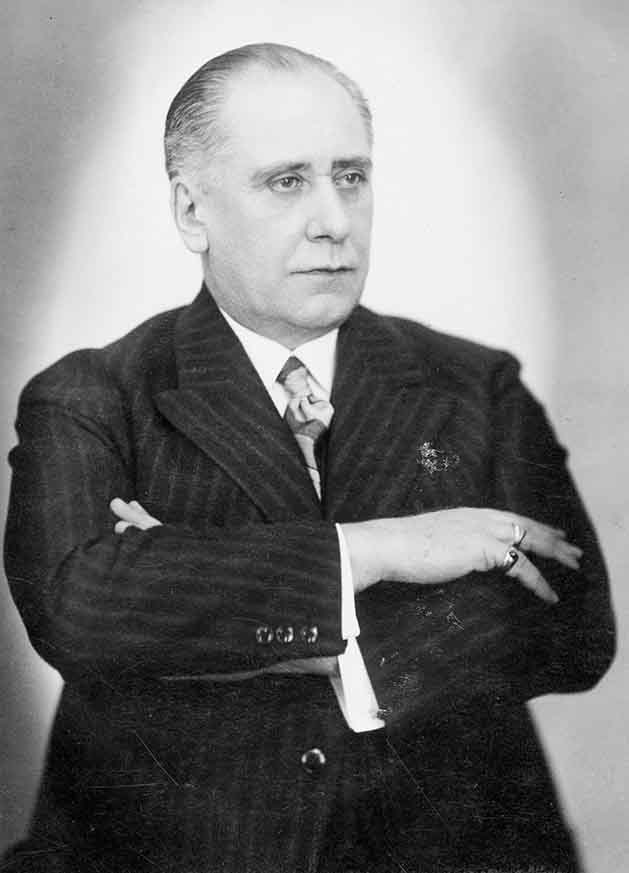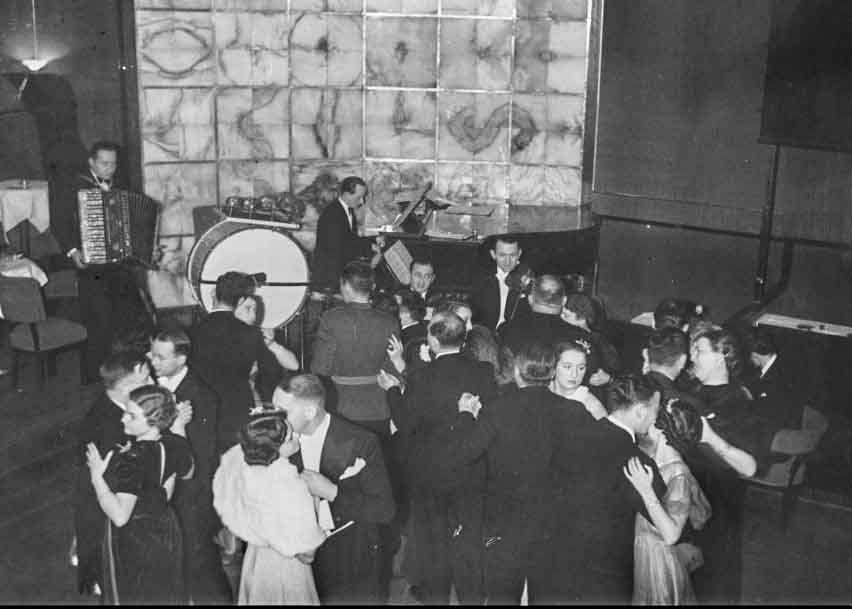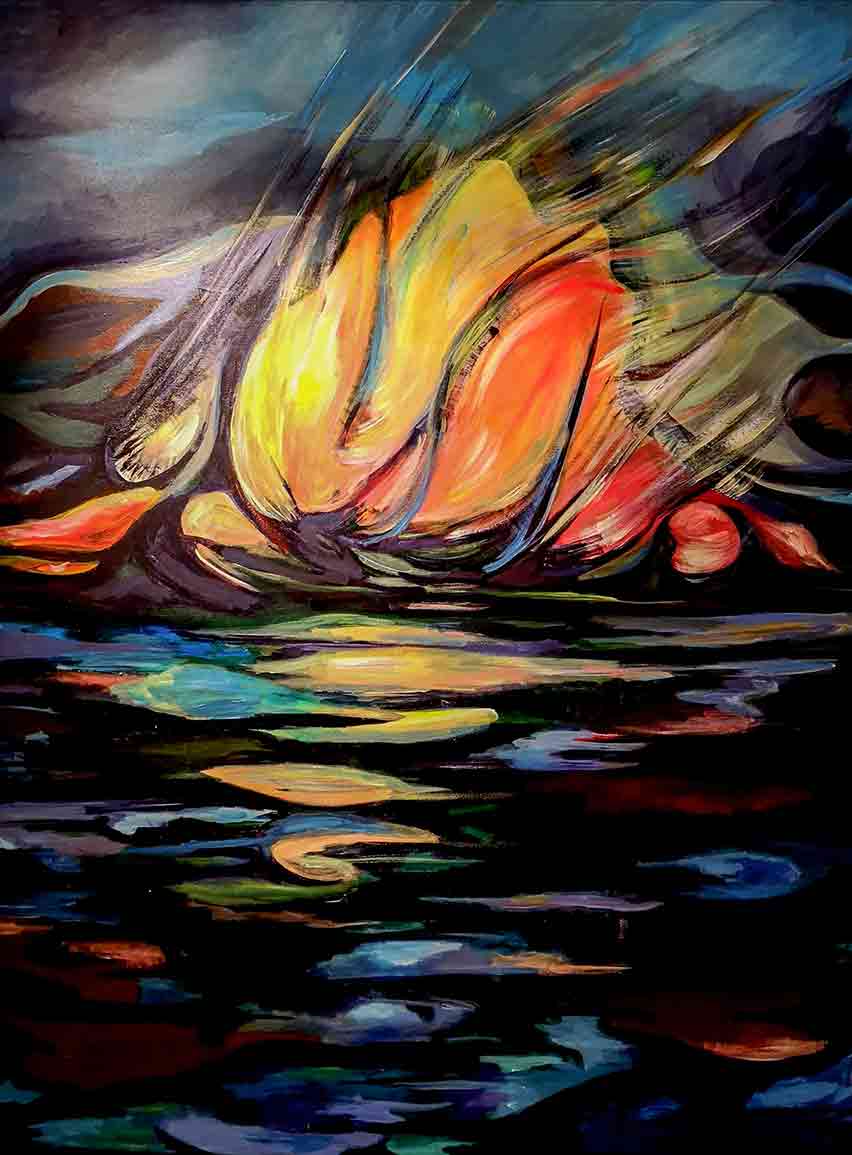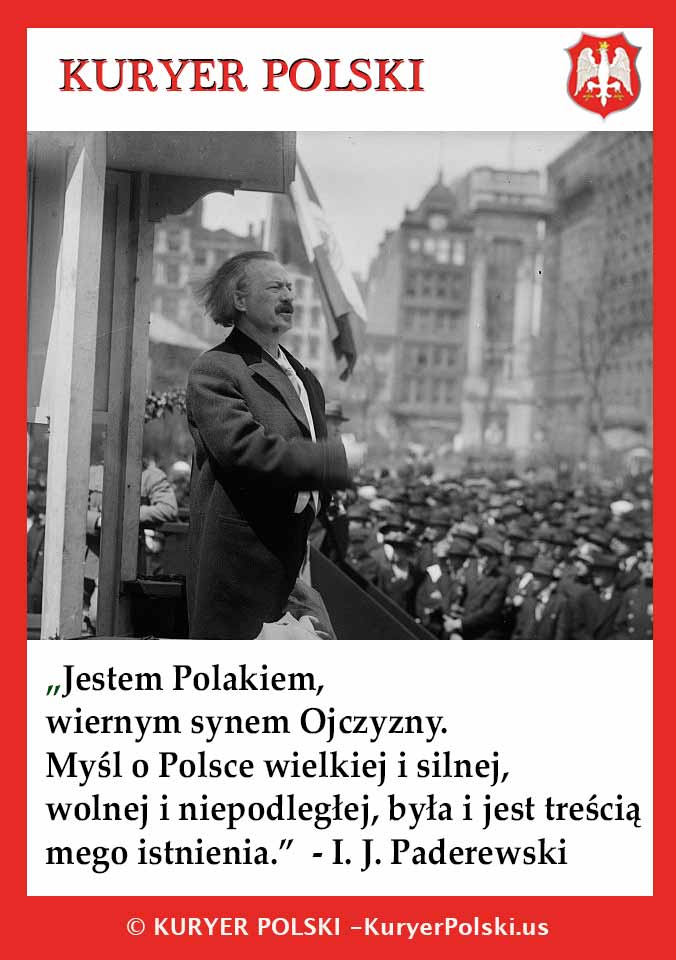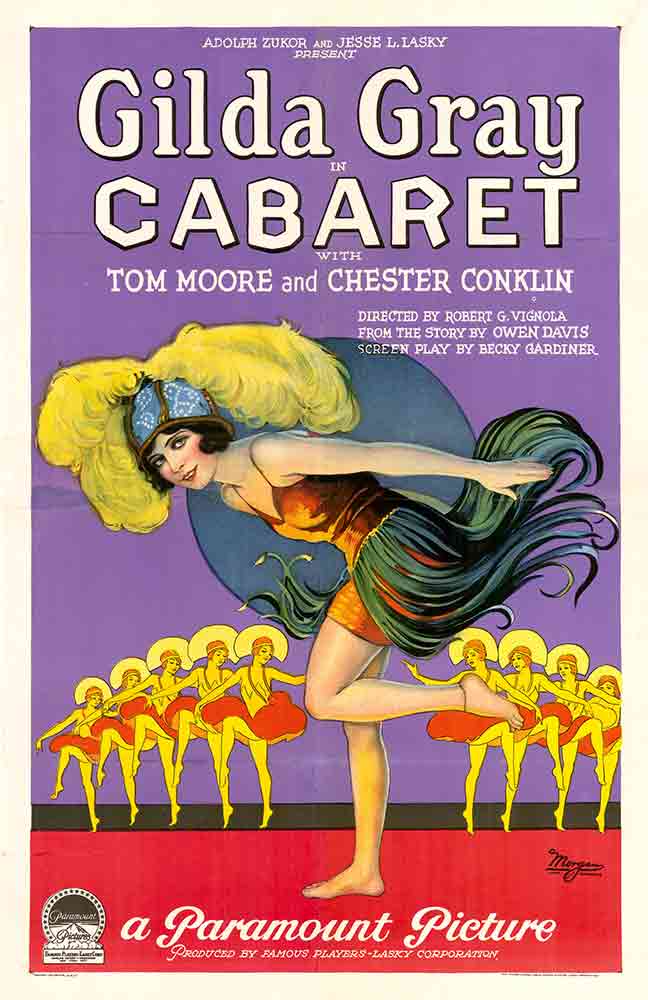This May (2022) was the 120th anniversary of the birth of the great world-class Polish opera singer and actor Jan W. Kiepura. His road to the top of his artistic career is not a Cinderella's dream, but the result of persistent work and wise life choices. His singing won the hearts of music lovers in Europe and the world, but he always loved Poland the most and was ready to sacrifice a lot for her.
He was born on May 16, 1902 in Upper Silesia, in Sosnowiec, which was then under German (Prussian) rule. He was the son of a baker Franciszek Kiepura and Maria (Miriam) Neuman. His mother was of Jewish descent, but converted to Catholicism in order to marry Franciszek. Jan had a brother, Władysław, who was two years younger, also a musically gifted tenor. The brothers spent their youth in Sosnowiec. In the years 1916–1920, Jan attended the Men's School of Commerce, which - after regaining independence - was renamed Stanisław Staszic Junior High School. He was a very nimble and active student. He sang in the school choir, belonged to the scouting movement, was a player of the Victoria Sosnowiec football team, tried his hand at boxing. During the period when World War I was shaking Europe, he became involved in the efforts to regain Poland's independence. He was a member of the Polish Military Organization, and in 1919 he voluntarily joined the 1st Bytom Rifle Regiment. He also took part in the First Silesian Uprising.
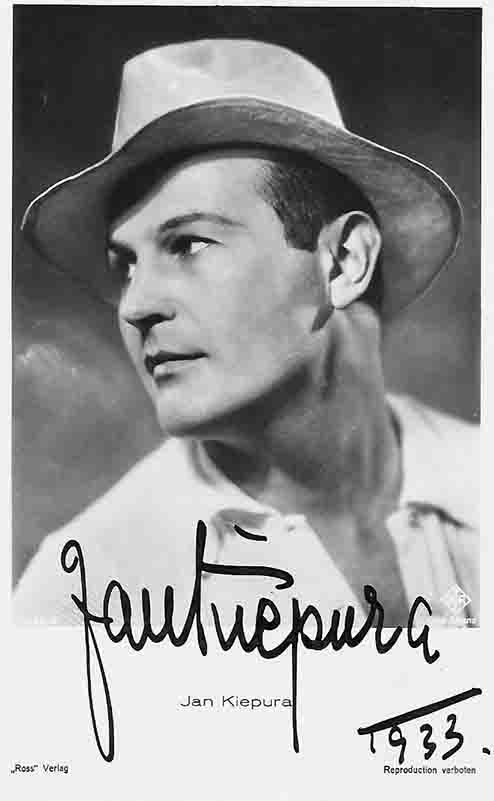
Jan Kiepura in 1933 (Source: Wikipedia)
His father wanted his sons to inherit the bakery from him and to do well in life, so he planned careers as lawyers for them. However, neither of the sons took over the family business. In the years 1921–1925 Jan started to study law at the University of Warsaw, but in secret from his father, he devoted a large part of the money he was being sent from home and the money he earned from selling Parisian perfumes to singing lessons.
In 1924 he played his first concert in the "Sfinks" cinema hall in Sosnowiec. Soon after, Emil Młynarski accepted him into a choir at the Grand Theater in Warsaw, where he played the role of a highlander in Stanisław Moniuszko 's Halka. This role was quickly taken away from him, because he did not respect the conductor's orders and, wanting to draw attention to his skills, prolonged his part.
His serious, real debut took place on the stage of the Lviv Opera in January 1925. He then sang the title role in Gounod 's Faust. It was the beginning of his great career and he probably did not realize then how great. Soon he returned to the Grand Theater in Warsaw with this role. Here he sang leading roles in the most famous operas: in Mascagni's Rustic Chivalry, in Verdi 's Rigoletto, and in Moniuszko 's Halka. He has performed on all Polish stages, large and small, as long as they were adapted to staging opera performances.
After collaborating with the Grand Theater, he went to Vienna to apply for a performance role at the local opera. Soon he was hired to play Alfred in Johann Strauss Son's Revenge of the Bat (a.k.a. The Flittermouse, ger. Die Fledermaus) at the Theater an der Wien. He was gaining more and more recognition and was being invited to performances at the most famous opera houses in Europe and the world. He delighted the audience, among others, at Milan's La Scala, in Civic Opera House in Chicago, Covent Garden in London, Opéra-Comique in Paris, Teatro di San Carlo in Naples, Teatro La Fenice in Venice, the Metropolitan Opera in New York, and many other places. The press then hailed him as "the king of tenors".
In 1930, he signed a contract with the Berlin studio UFA and began acting in films. He made his acting debut in the film The Singing City. Then he starred in films such as: The Song of the Night (La chanson d'une nuit), I Need to Get You (Ein Lied für Dich), My Heart Calls You, I love all women (Ich liebe alle Frauen). The famous hit Brunettes, Blondes comes from this movie . He appeared in a total of 12 music films.
In the Hollywood movie My Heart Calls You, he performed with a singer and actress of Hungarian origin Marta Eggerth. He always claimed that he would only marry a Polish woman, so Marta learned Polish for him and fell in love with Poland. In 1936 she became his wife and they performed together on stages around the world. Jan Kiepura, despite his global success, did not forget about Poland. He loved it with all his heart and visited it often during the interwar period. His visits to the country became sensations, and his performances evoked spontaneous outbursts of enthusiasm. In addition to the concert halls, he also sang to crowds gathered in the street from the balcony of the "Bristol" hotel, and on street squares.
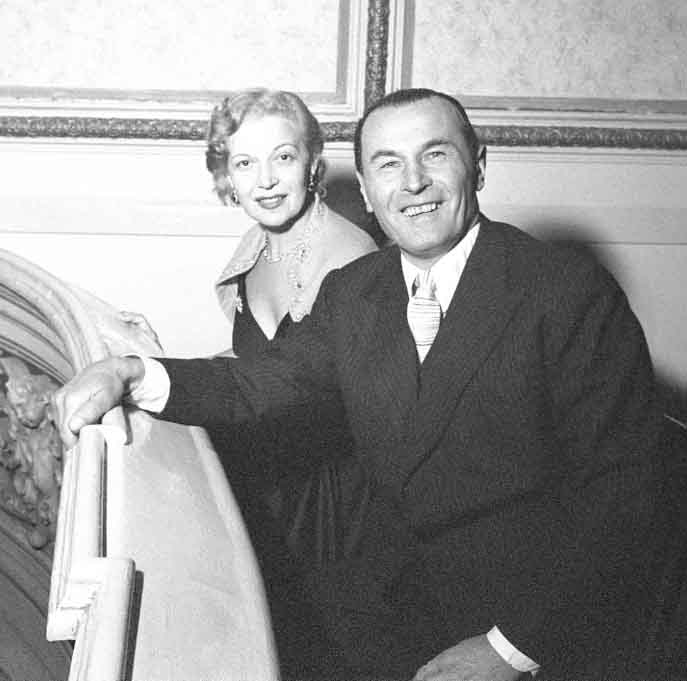
Jan Kiepura with Marta Eggerth in 1954 (Source: Wikipedia)
In December 1933, the "Patria" guesthouse was opened in Krynica-Zdrój, for the construction of which he allocated 160 thousand dollars. "Patria" was the setting for several films made in the late 1930s, and today it serves as a sanatorium.
The outbreak of World War II found Kiepura in Paris. When asked by journalists what he was going to do, he replied: "now I am only a soldier, a Polish soldier, and my wife Marta will serve in the Polish Red Cross, we will both fulfill our duty." He was one of the first to join the Polish Armed Forces in the West. To save him for the sake of art, he did not serve in the military for too long.
Jan and Marta moved to New York. Crowds came to their concerts in America. He earned sky-high income, but from his earnings he sent large sums to the country. He allocated $100,000 to the Aid to Poland fund. He generously donated money for the reconstruction of Wawel, to help flood victims in Krynica, for the Chopin fund, the National Museum, and he supported many other charity drives. He loved Poland the most. He sang his last concert for the Polish diaspora in his native language. Two days later, he died suddenly of a heart attack. In accordance with his wishes, he is buried in Poland, in Aleja Zasłużonych at the Powązki Cemetery in Warsaw. His funeral became a great manifestation. Over 200,000 mourners participated in it. The Poles said goodbye to the one whom the authorities did not love.

(Source: goldposter.com, public domain)
The memory of the outstanding artist was nurtured by his wife Marta, who spoke Polish fluently and for whom Poland was her second homeland. Since 1967, every year in Krynica Górska the Music Festival of Jan Kiepura, and in Sosnowiec each year with music they solemnly remind us about "The Boy from Sosnowiec", because that is how the artist talked about himself.
Jan Kiepura was awarded the French Knight's Cross of the Legion of Honor, the Officer's Cross of the Order of Polonia Restituta, the Gold Cross of Merit, the Belgian Great Ribbon of the Order of Leopold, and the Swedish Order of the Pole Star. The greatest honor of posterity will be the immortal memory of him, as a great Polish patriot.



